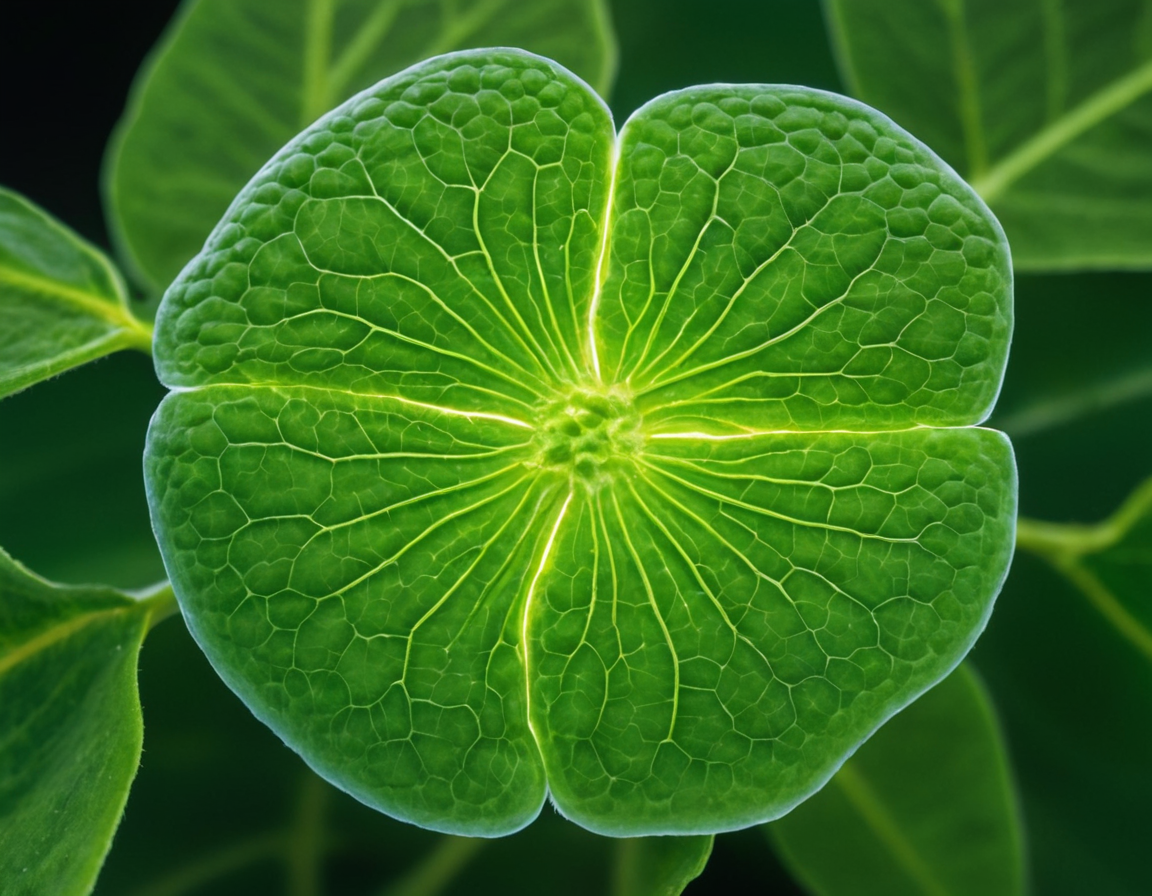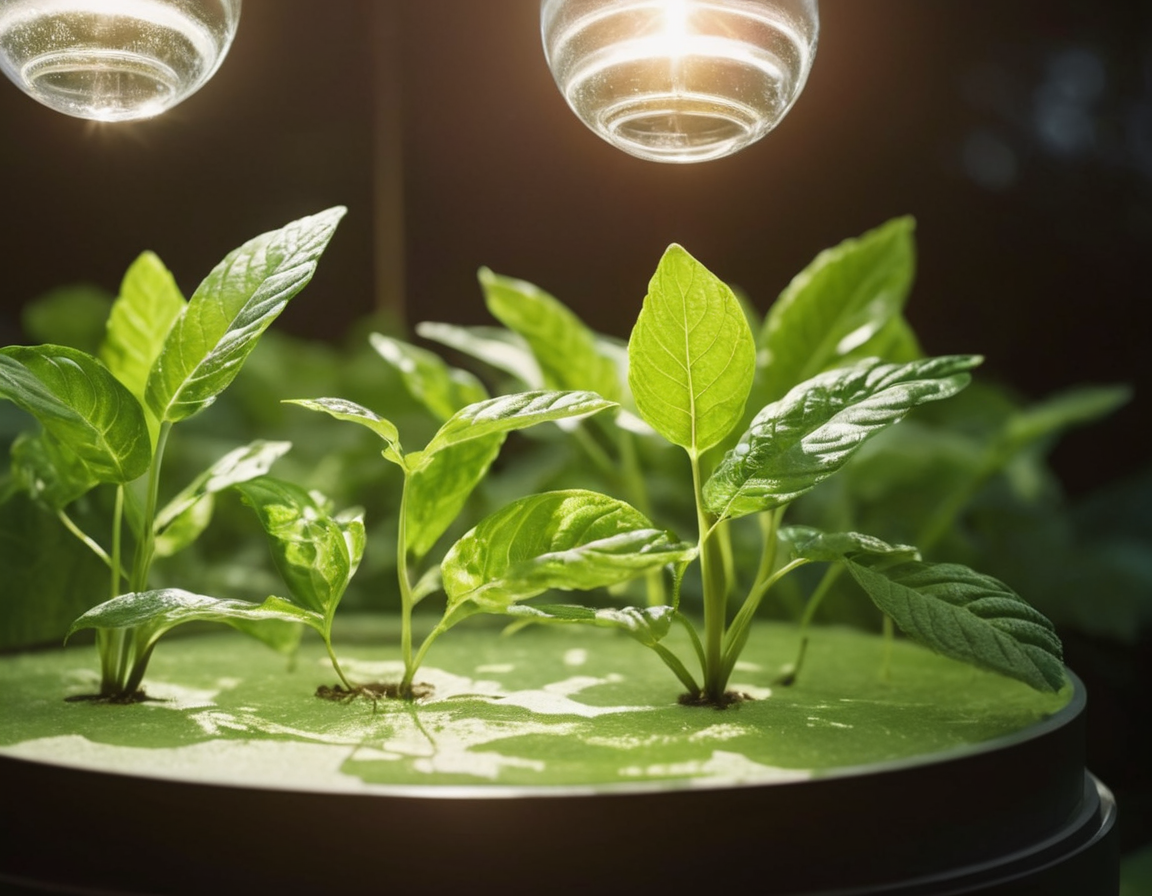Harnessing the Power of Green: A Deep Dive into Photosynthesis
Understanding Photosynthesis: Nature’s Ingenious Solar Panel
Ever wondered how plants can sustain themselves and a myriad of other life forms by just basking in sunlight? Photosynthesis, nature’s magical process, enables plants to convert light energy into chemical energy, powering ecosystems and supplying the oxygen we breathe. Let’s embark on an enlightening journey to uncover the secrets of photosynthesis!
What is Photosynthesis?
Photosynthesis is the biochemical process by which green plants, algae, and some bacteria convert light energy, usually from the sun, into chemical energy stored in glucose. It’s a phenomenal natural process that not only sustains plant life but also provides a critical foundation for life on Earth.
The Photosynthetic Machinery: Chloroplasts and Pigments
In the cells of green plants, chloroplasts are the specialized organelles that serve as the photosynthetic power stations. Chlorophyll, the green pigment in plants, is the primary light-absorbing molecule that captures solar energy. Let’s take a closer look at the stages of photosynthesis.

The Two Stages of Photosynthesis: Light-Dependent and Light-Independent Reactions
Photosynthesis occurs in two main stages: the light-dependent reactions and the light-independent reactions, also known as the Calvin Cycle.
- The light-dependent reactions take place in the thylakoid membranes of chloroplasts, where sunlight is captured and used to generate ATP and NADPH.
- The light-independent reactions occur in the stroma, where the ATP and NADPH produced are used to synthesize glucose from carbon dioxide.
Environmental Impact and the Role of Photosynthesis
Photosynthesis is not only a key biological process but also an essential part of the Earth’s carbon cycle, influencing climate and atmospheric conditions. By converting CO2 into glucose, photosynthesis plays a vital role in carbon sequestration, which can help mitigate climate change.

Humanity’s Quest for a Sustainable Future: Artificial Photosynthesis
Scientists around the world are working to mimic this natural process through artificial photosynthesis. Achieving this could revolutionize energy production, creating clean, sustainable fuel while reducing carbon emissions.
Conclusion: The Lifeline of Our Planet
In summary, photosynthesis is not just a fascinating scientific phenomenon; it is the lifeline of our planet. Through understanding and harnessing this natural process, we can work towards a more sustainable future for all life on Earth.
Feeling inspired by the wonders of photosynthesis? Share your thoughts in the comments below and join the conversation about nature’s powerhouse!






